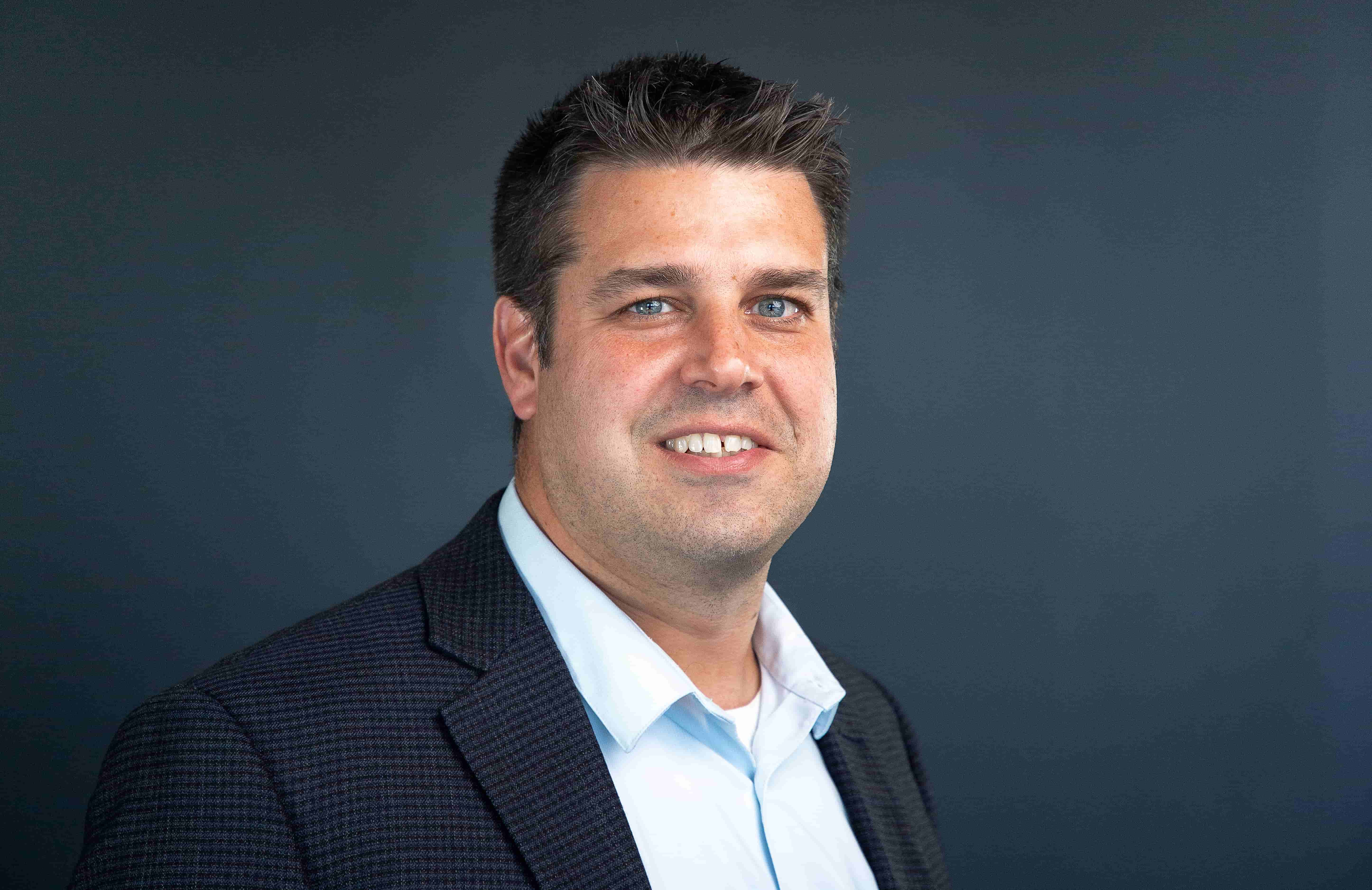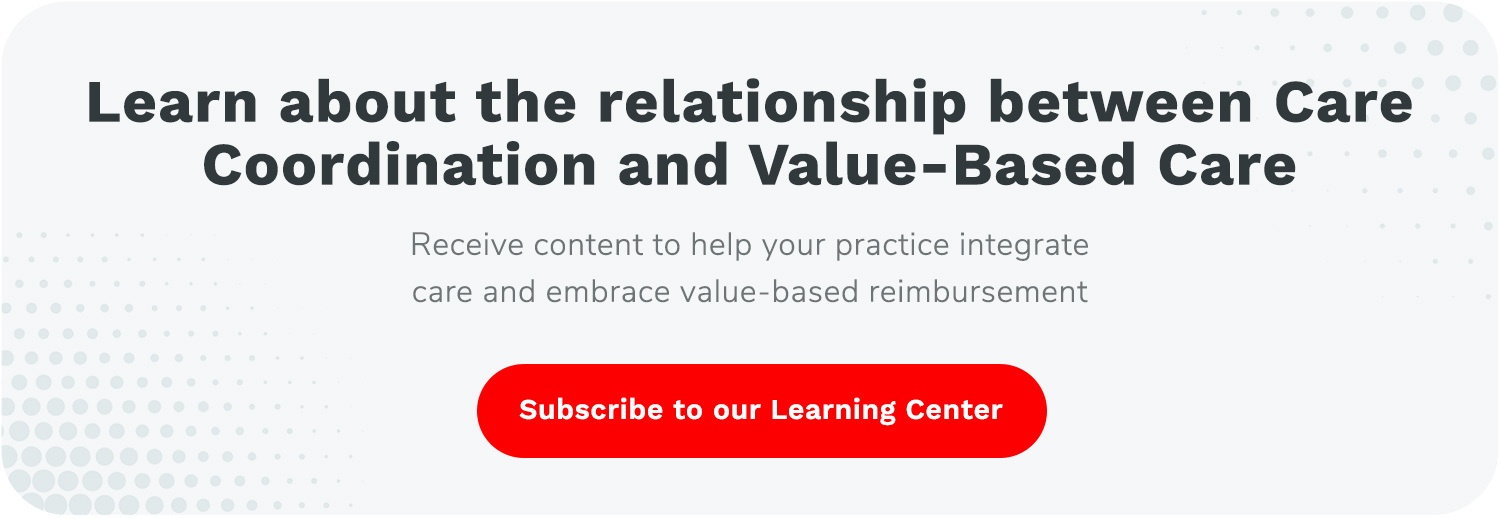Remote Patient Monitoring (RPM)
Remote Patient Monitoring for Rural Health Clinics
There’s some confusion with regard to rural health clinics (RHCs) and whether such organizations can offer Remote Patient Monitoring (RPM) services to their patients. The fact is, it is possible. RHCs can provide RPM services.
However, RHCs can NOT bill for the newly added RPM codes that the Centers for Medicare & Medicaid Services (CMS) created in 2019 for fee-for-service providers.These are:
- 99457 - For providing at least 20 minutes of RPM services per month
- 99454 - For supplying the device to the patient and monitoring their readings daily
- 99453 - For training and education related to using the device
If you recall, CMS initially excluded RHCs from Chronic Care Management (CCM) codes (99490). However, in subsequent years, a new code (G0511) was added to cover these services. RHCs are still waiting for a similar expansion for the aforementioned RPM codes.
According to Nathan Baugh, Director of Government Affairs for the National Association of Rural Health Clinics (NARHC), the NARHC continues to urge CMS to expand these programs.
The NARHC submitted the following comments to CMS:
NARHC is pleased that CMS continues to expand the digital health services codes covered under Medicare for fee-for-service providers. Unfortunately, however, Rural Health Clinics continue to lag behind these providers as CMS has not applied these expansions and considerations to RHCs. As safety net providers, RHCs are crucial in providing comprehensive care to underserved populations and to do so, should have equal access to reimbursement of these enhanced digital health services. In years past, when Medicare has created new non-face-to-face benefits such as Virtual Care Communications and Chronic Care Management, CMS has created mechanisms for RHCs to provide and bill for these services.
However, in the case of RPM and RTM services, CMS has not yet created a way for RHCs to provide and bill for these benefits. Unfortunately, on this issue, CMS has left RHCs and the patients they serve behind.
We urge CMS to either re-define an RHC visit to include RPM and RTM services (as was done with mental health services provided via telehealth) or to create a separate G-code to allow RHCs to bill for RPM and RTM services as was done with G0071 (Virtual Care Communication) and G0511 (Chronic Care Management).
According to Baugh: “The NARHC is hopeful that CMS will expand these programs for RHCs, but we have no strong indication that this would happen in the next year.”
Tips for Rural Health Clinics (RHCs) to Provide RPM
Despite the lack of RPM billing codes for RHCs, it’s still a great idea to offer RPM services to your patients. Let’s explore some ways that all clinics can still benefit from offering RPM.
Utilize G0511 for All Patients
G0511 is the RHC code for “General Care Management.” It pays approximately $76 per patient per month.
While traditionally, this code was designed as a replacement for CCM, CMS has kept its definition very broad.
It is for the “General Care Management” of your patients.
Purchase a Device That Can Share Data Electronically
G0511 can be billed monthly if you spend at least 20 minutes per month managing your patient.
If you were to bill this every month, you’d generate about $912 in recurring revenue.
Let’s assume that you used $150 of that and bought the patient a new cellular blood pressure monitor, blood glucose meter, or weight scale.
Cellular devices have the ability to send data instantly to the provider and staff. You can even set alerts so that you’re immediately notified when readings are out of range.
Throughout the month, your clinical staff will monitor the readings and alerts in their care coordination software. They’ll update the patient’s care plan and call them frequently to check in.
If there are any issues, they are in a position to notify the provider immediately.
Utilize Your Clinical Staff
It’s important to note that the providers themselves would not need to be involved in the daily monitoring of RPM patients. This can be done almost entirely by their clinical staff.
It’s important that the staff knows when to escalate and bring patient concerns to the provider.
For groups that don’t have any available clinical resources, it might make sense to hire a full-time medical assistant that would do nothing but RPM. One clinical resource can monitor around 200 to 250 patients per month.
Making the Numbers Work for RPM
If 250 patients were to receive RPM services, how would the financial picture appear?
- Billing code G0511 for 250 patients monthly would generate $19,000; annually, $228,000
- Purchasing 250 new RPM devices at $150 each would amount to $37,500. (Note: Our example includes top-of-the-line devices at this rate. More cost-efficient options are available. You may also be able to include the cost of the devices in your cost report. Depending on where your upper limits are, it is possible this could help your AIR.)
- Hiring a full-time medical assistant to manage your RPM program would amount to $35,000 for their annual salary. (Note: This may be more or less depending on location.)
After deducting the cost of the devices and the cost of the clinical resource, your practice could generate $155,500 in profit. Not bad at all! It is important to note, though, that the example above assumes you are not offering CCM services with code G0511.
If you’re already doing CCM, you can still provide RPM, but as mentioned above, you won’t receive additional reimbursement for both. G0511 will only cover one program at a time.
RPM Can Help With Value-Based Care Success
Value-based care revolves around general quality performance metrics, such as patient engagement, the effectiveness of treatment, and clinical efficiency. But it presents you and other providers with a challenge, in that you’re asked to meet these expectations without a clear-cut way to do so.
Missing the mark could mean that your practice fails to maximize reimbursement opportunities.
A remote monitoring program can help your practice meet the performance metrics underlying value-based care. The program can also help your practice adapt to reimbursement challenges, and drive revenue. Learn more about the specific quality scores RPM can help you address.
Digital software solutions are available to help your practice embrace integrated, coordinated care through RPM. At ThoroughCare, we’ve designed our integrated care coordination software for easy clinical use with an intuitive interface that allows you and your team to engage patients through multiple care management, telehealth, and wellness programs.




